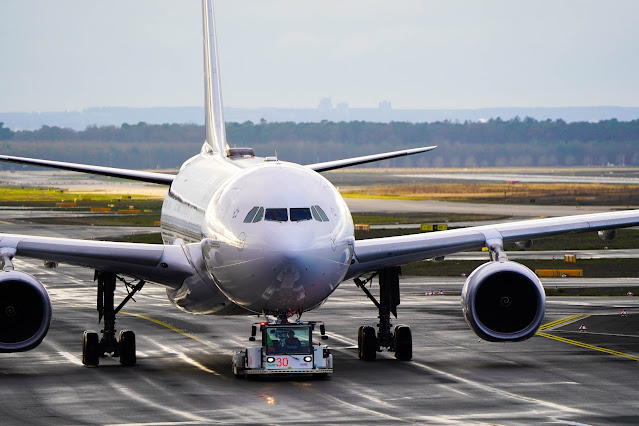Towbars for aircraft are essential for smooth ground operations at civil aviation and commercial airports. Light and heavy-duty towbars hitch to the front landing gear, towed by “tugs” or “tractors.” Tractor operators push and pull powered-off aircraft into position for storage, onboarding, and maintenance hangers.
In today’s aircraft parts supply houses, multi-head towbars are rather common. These towbars allow for adapting to a wide variety of aircraft. Operators change out heads as needed. There are also custom towbars designed for specific aircraft and many variations. You have many choices, but you need to make the right one.
Navigating the Airport with Ease
Aircraft relocation, or ferrying or repositioning, is a coordinated effort between operators. Like traffic laws, airports have specific rules to keep aircraft and operators safe. At large commercial airports, operators are in two-way radio contact with an operations center and other operators. The larger the airport, the greater the level of ground operation coordination.
Pilots play an important role in safely positioning the aircraft for offboarding. Before takeoffs, pilots board with passengers and, under the direction of the control tower, position their aircraft to stage for takeoff. At smaller airports and civil aviation airports, the process becomes simplified. With private aircraft, the pilot may take a greater role in relocation.
Towbars bolster safety by towing aircraft rather than power-on positioning. In the early days of aviation, it was more common for pilots to use power-on relocation to parking areas or hangers. The safety issues soon became obvious as airports became busier and the aircraft larger.
Benefits of Aircraft Towbars
Aircraft Towbars are manufactured design with safety in mind. Aircraft move with more agility than power-on techniques. Modern towbars made of lightweight alloys are even stronger than old-fashioned metal towbars. Shear pins allow for greater safety as they protect the aircraft and towbar.
Modern towbars reduce maintenance costs by proper relocation of aircraft. Quick and coordinated aircraft movements avoid damage, driving down maintenance costs. High-traffic airports are especially impacted. Quality towbars add efficiency to what would otherwise be a chaotic situation at best. Quality towbars add to safety with graceful movements at small and civil aviation airports, where people on foot often transit parking areas.
An Essential Tool
Modern towbars have made themselves essential for any airport or maintenance station. Ground operations can be quite complex, made less complex by quality towbars. Towbars are designed for small aircraft, commercial airliners, and everything in between. Towbars play a greater role at large high-traffic airports but are nonetheless important for midrange aircraft and airports. Even small aircraft and airports benefit.
More than a wide variety of towbars, a towbar is appropriate for every aircraft, including helicopters. Typically, towbars have a hitch that attaches to the nose landing gear, and at the other end, a hitch attaches to the tractor. Most often, there is a mechanism that locks it onto the aircraft for security. Adding to security is the shear pin. The pin is specifically designed to break at a point when the pounds of pressure are excessive, protecting the towbar. But, more importantly, it is protecting the aircraft.
Towbar Types
There is a wide range of towbars intended for every possible use. Universal towbars are adaptable to a wide range of aircraft. Akin to these are the multi-head towbars with the ability to attach to several different aircraft groupings. Towbars that are specific to an aircraft are popular. Heavy-duty towbars are for large, heavy commercial aircraft.
There are portable towbars that are ideal for smaller private aircraft. These aircraft may use smaller airports that don’t have a full range of towbar options. An example is helicopter towbars needed to park or hanger helicopters. They are especially valuable for maintenance and repairs. Some towbars are made for confined spaces, and others are for disabled aircraft. There are even towbars for tail draggers.
Choosing the Right Towbar
Your choice should be one that fits the demands of your aircraft. Misuse of mismatched towbars can damage the aircraft. Consider aircraft weight and load, and you should understand the operating environment. Towbar ratings are important. Your aircraft parts supplier can answer your questions, but you must understand the range of options.

